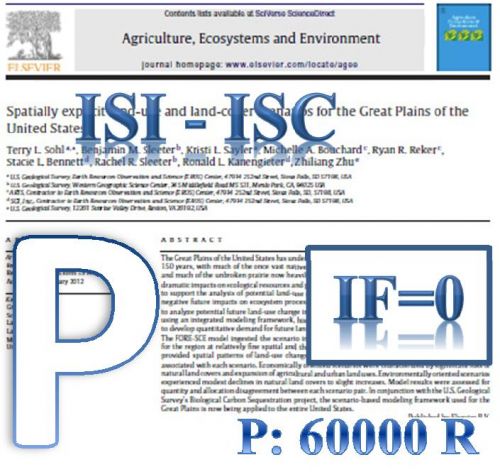Background: The Eremostachys laciniata is known as "Chelle-Daghi" in Iran and its rhizomes are used as an emollient to relieve rheumatoid arthritis. Objective: A phytochemical study was performed on 15 populations of Eremostachys laciniata to qualify phytochemical variation for use in breeding programs. Methods: Plants collected from 15 natural habitats and dried rhizomes of E. laciniata (100 g) were milled and then Soxhlet-extracted with MeOH, then total phenols were determined calorimetrically at 725 nm with the Folin-ciocalteau reagent and iridoid glycosides measured by TLC method. Results: The results of MeOH extracts showed that the highest amount with 14.85 gr/plant obtained in the Areshtanab population. Otherwise, populations had a significant effect on total phenolic concentrations (p < 0.001) and the Areshtanab with 0.281 mg GAE/g DW having higher phenolic levels than other populations. The results of TLC of iridoids showed that 15 populations had about 11 iridoids components. Cluster analysis using Ward's method detected that the studied populations of E. laciniata were separated into three different groups. Conclusion: In summary, higher values of the total phenols and iridoids in the Areshtanab, Malek-Kian, and Til populations were considered to indicate higher levels of phytochemical heterogeneity and significant diversity between populations, which could be used to domesticate and develop breeding programs for this species
کلید واژگان :Eremostachys laciniata Bunge, phytochemical Diversity, Iridoids, Total phenol
ارزش ریالی : 600000 ریال
با پرداخت الکترونیک
